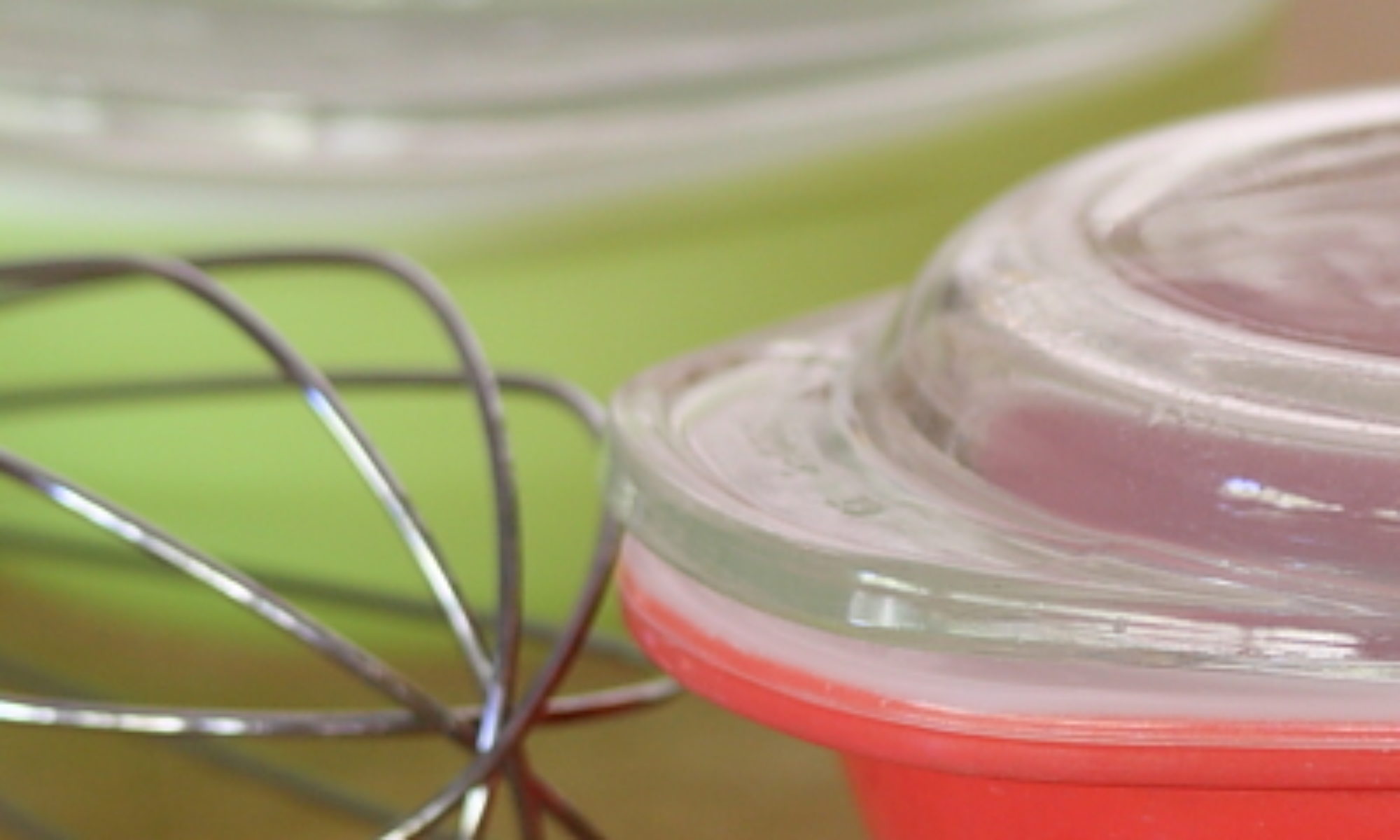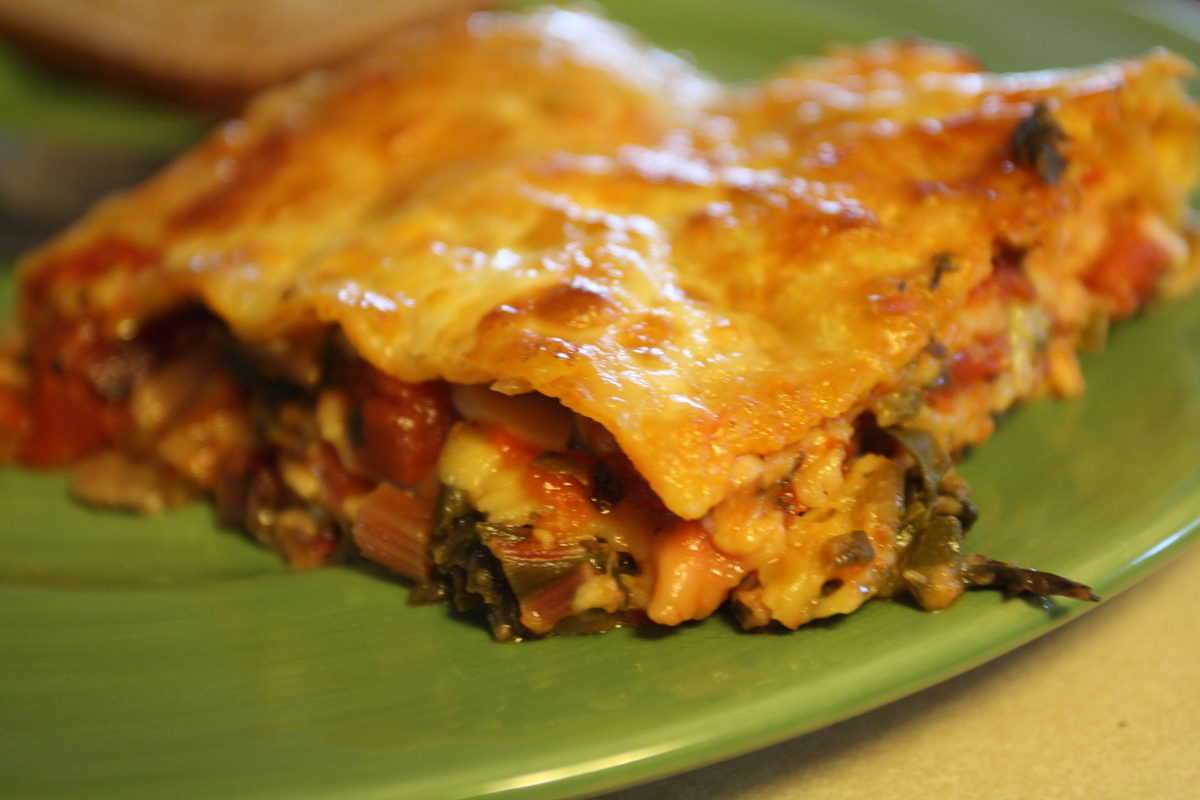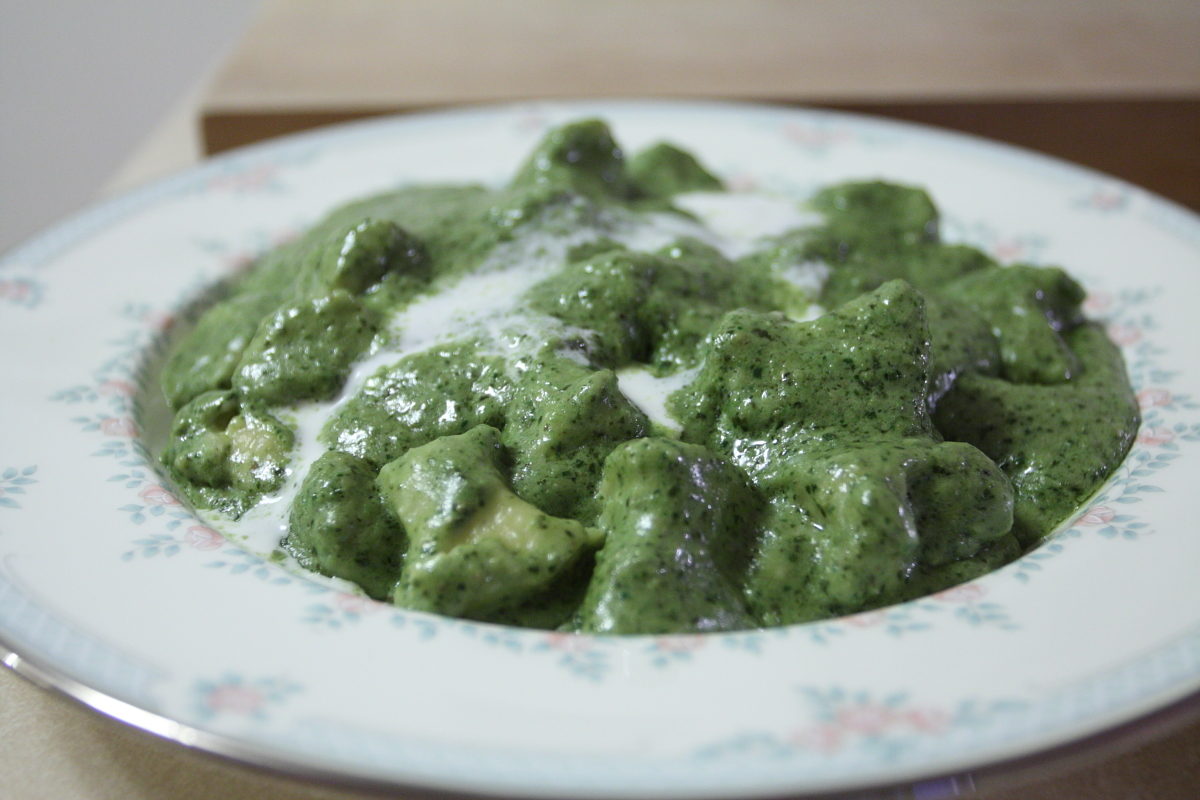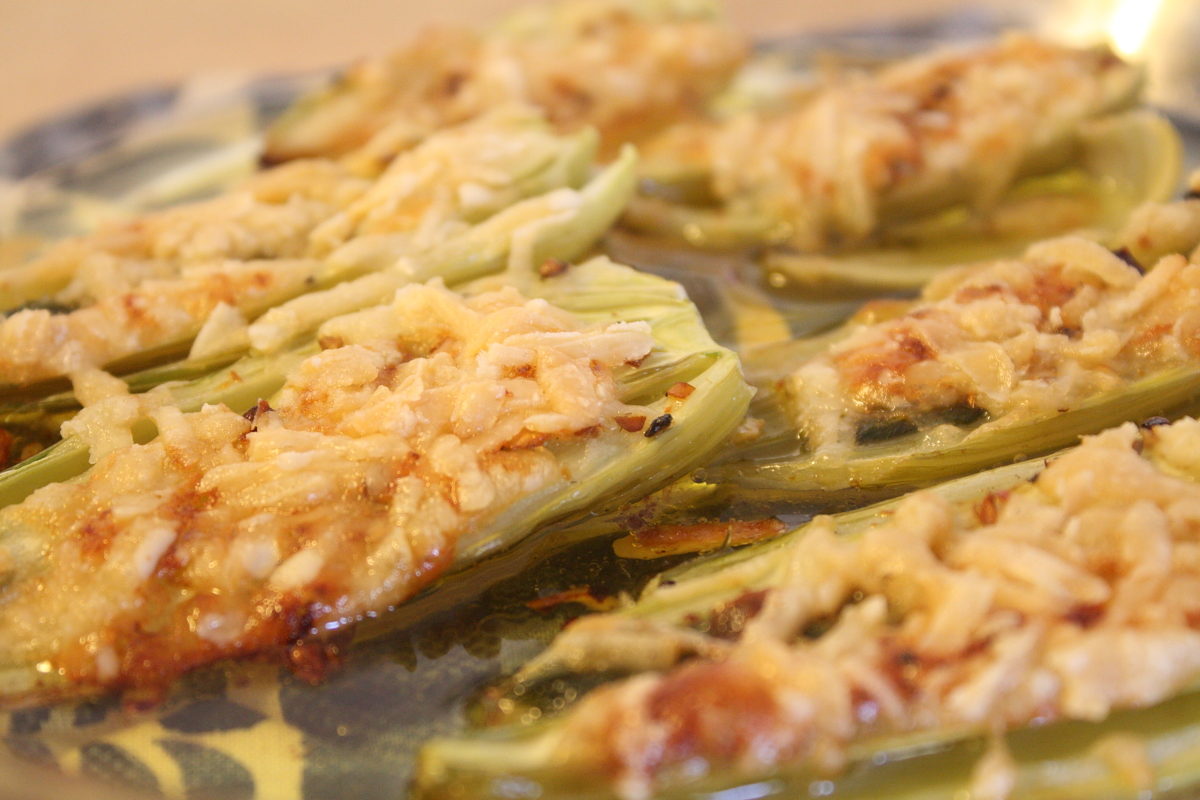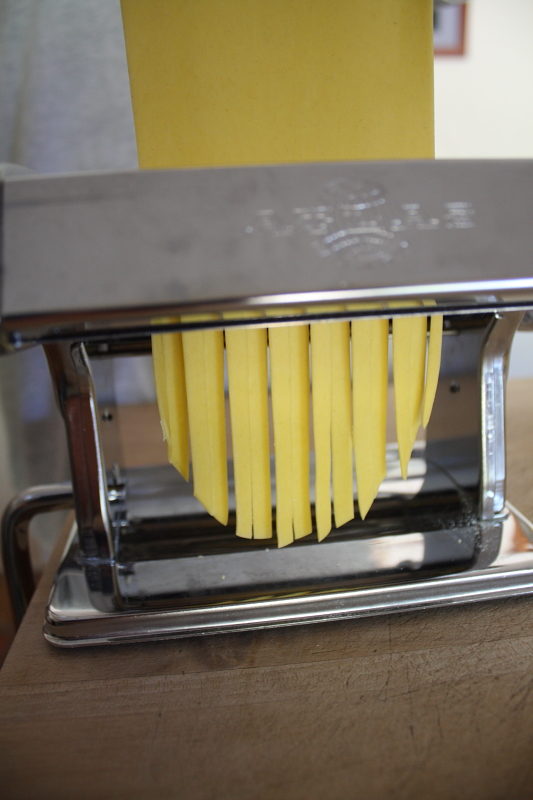Before we quick whipped up a batch of gnocchi, we checked on the Internet for a few tips about gnocchi. While we’ve made it before, it never hurts to see if there are some good ideas out there.
And, we found ideas that seemed break down into three categories: 1) gnocchi is really difficult; so difficult that many people are afraid even to try making it, or that they tried and it was a disaster so they won’t try again; 2) to make gnocchi, you need one of the following: grater, grinder, ricer, dicer, shredder, masher, or some other specialized device to mash the potatoes correctly; and, 3) some ritual involving the cooking method of the potatoes: baked, boiled, boiled in salted water, boiled after being halved, hopping on one foot while the potatoes cool, etc.
We’re going to address all three of these in our gnocchi. To resolve the fear of disaster, we suggest that you put on steel-toed boots, ear protection, and safety goggles. Just kidding! Remember they are nothing but small potato dumplings and try again; we’ll attempt to give you a few tips as we work through this recipe. Specialized equipment? Bah. People have been making gnocchi for hundreds of years. In all kinds of conditions and kitchens. In fact, go rent La Strada and watch the background and let us know if you think there were many ricers available when that movie was filmed. And, to show you that you can make great gnocchi without anything special, we are going to make gnocchi with a knife, fork, and bowl. Actually, the bowl is optional; you could just use your counter. And as far as cooking goes, we’ll just microwave the potatoes. Sure, Italian grandmothers wouldn’t have a microwave, but the cooking method isn’t important. Continue reading “Potato Gnocchi”

